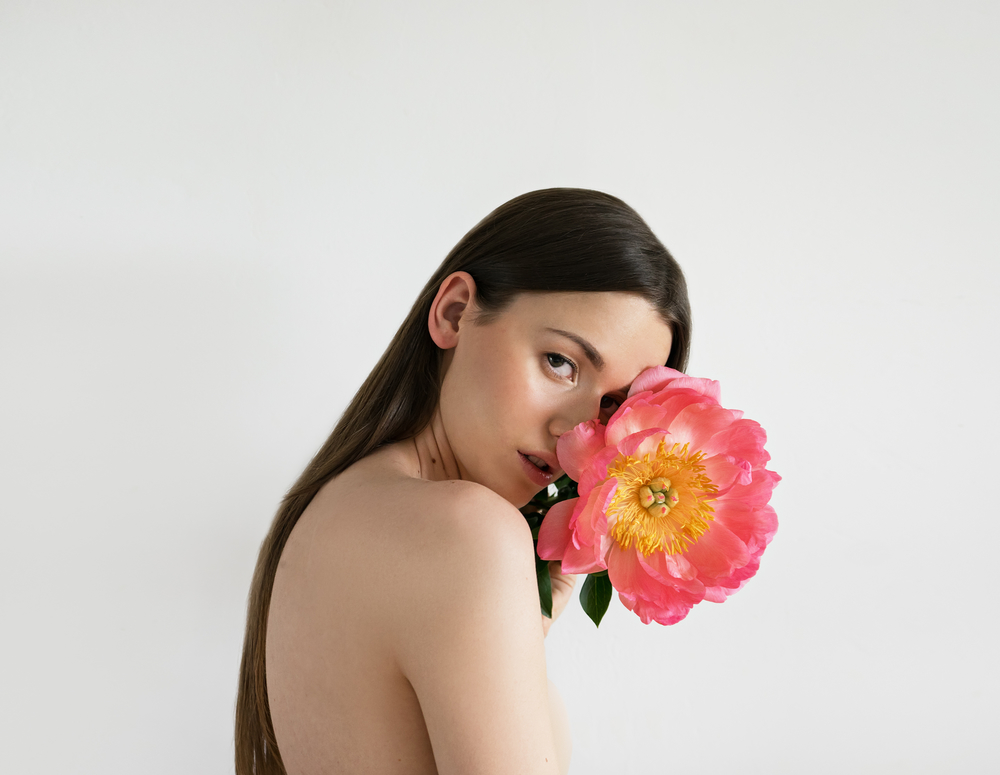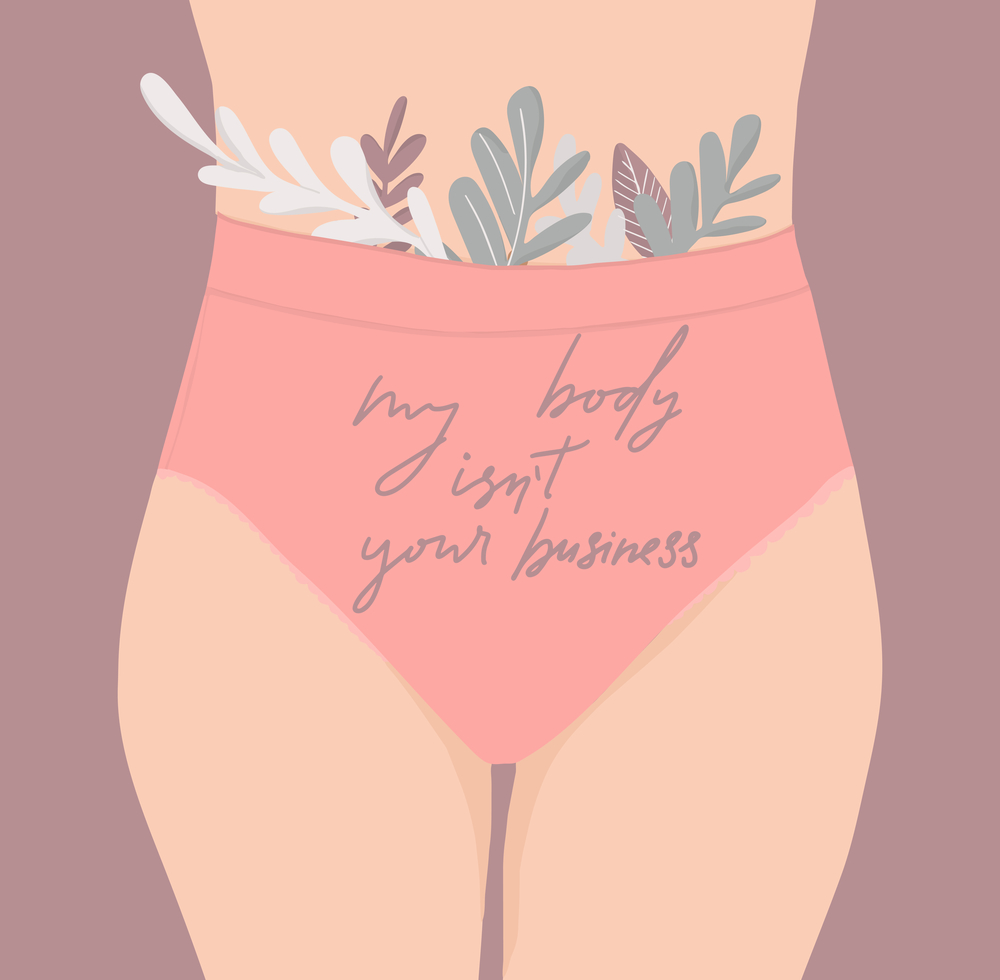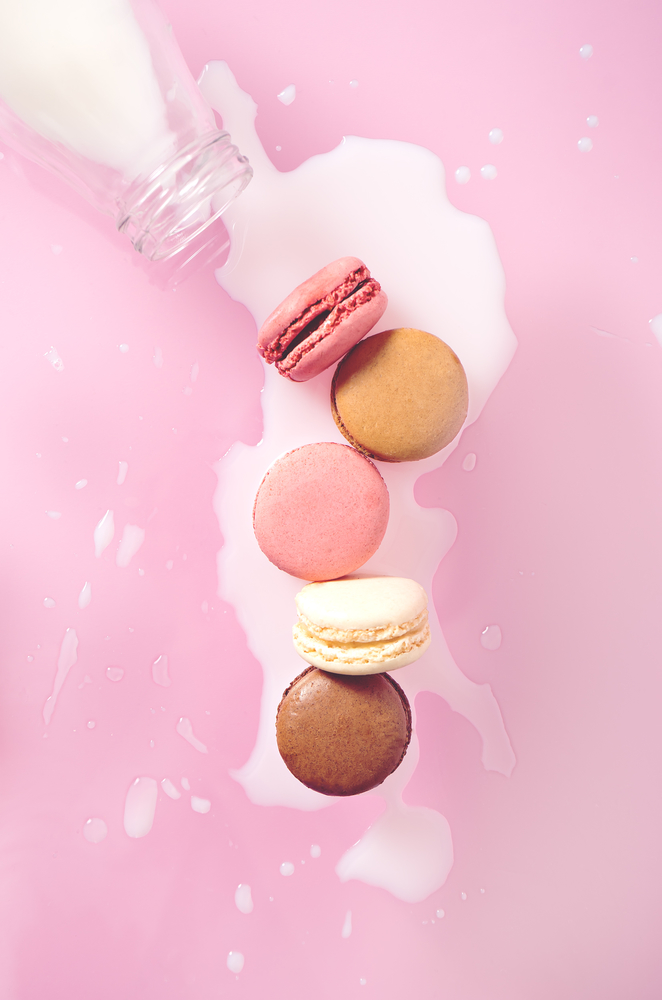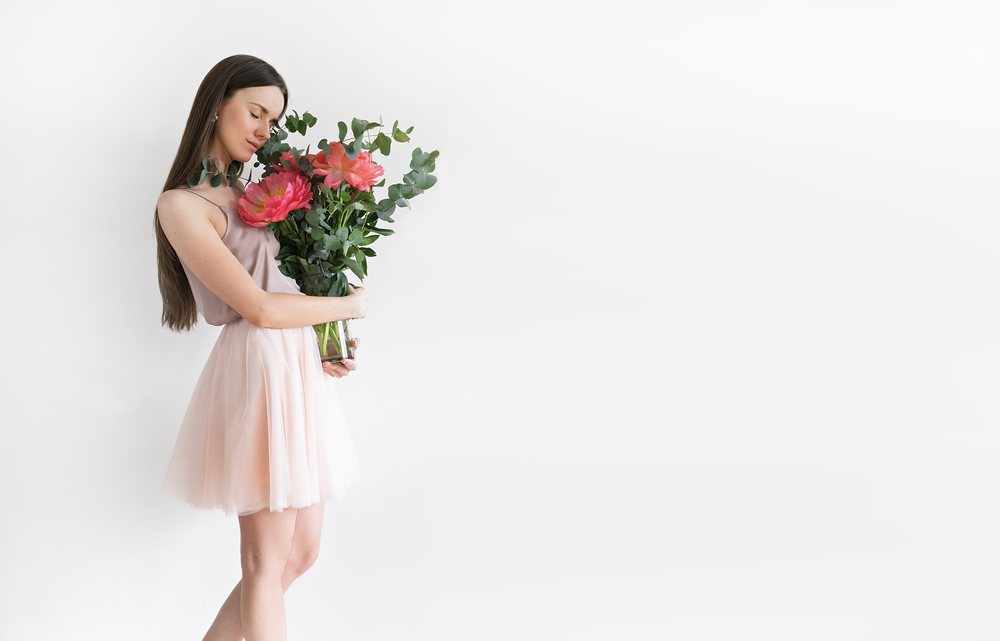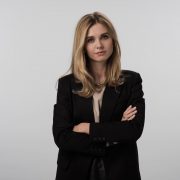Christina Pauchi: “Style is Just a Set of Limitations”
Christina Pauchi is an up-an-coming photographer from Latvia, whose portfolio predominantly consists of still life photography and illustrations. In her works, Christina reveals classic female stories about self-care, makeup, and shopping. She also covers themes that shape her life: environmental protection, body positivity, and feminism.
In this interview, Christina reflects on how global trends influence photography, what is her signature style and how to develop a practical approach to finding ideas.
On becoming a stock photographer
I was born and live in Riga, Latvia. Since childhood, trying to find my calling, I was fascinated by various kinds of creative activities, from drawing to sewing.
Later, having an average job, I was enthusiastic about taking portraits. It became my hobby and in six months, I was lucky enough to find a job in a photo studio as a stock photographer. There I learned to shoot still life for photo stocks. At the same time, there were workshops and online lectures by portrait photographers that I was interested in. After two years of hired work, I immersed myself in developing my own stock photography portfolio.
I’m not looking for developing a style, I’m just trying to create works that would be interesting to me and others. I take my first steps in illustration now, so the style can be called “trying my best”. However, in my portfolio, you can track the interest in flat lays and 3D graphics.
Style is just a set of limitations that you use from time to time.
In photography, I like to work with daylight, colored backgrounds (and I’m not a fan of pink color at all), and clear themes. That’s probably what defines my style.
My advice is not to get hung up on style. I don’t think it matters in commercial photography. It is enough to know the trends to create relevant works. You need to try new things a lot, seek and learn. Style is just a set of limitations that you use from time to time.
Sooner or later, having done a lot of mistakes and taken right and wrong decisions, you will find what you really like. Your works will be based on your own taste and experience and this will be a reflection of your style.
On feminism and practical approach in creativity
I don’t know what happened at first. I thought about issues like environmental protection and body positivity, and then I decided to reflect on them in my works, or it was vice versa. These themes captivated me after the shooting and stayed with me forever. I also got acquainted with the zero waste idea, which is too radical, in my opinion. But I started to use some of its principles in my life and work.
You don’t need a style to start creating.
I used to buy everything I thought would be picture-perfect, while now I’m developing a more thoughtful approach to shooting. I think about where else I can use these things.
I like working with stocks because they give an opportunity to delve into each topic. Although feminism, body-positivity, vegetarianism, and ecology are trendy now, they were also very important in the contemporary world. Some of them literally shape my life.
I treat photography as a job and have a practical approach to finding ideas. I look for them in news, ads or female forums. I collect ideas and then express them in my own way through photos or illustrations. For me, inspiration is an abstract concept.
On still life photography and workflow
My love for photography began with the portrait genre. Working in the studio, I was engaged in still life photography, and these two genres always went together for me. But since stock photography has become my main occupation, I try to analyze the statistics of my portfolio. This determines my priorities.
Working with people is energy-intensive and it also played a role in choosing the photography genre. For me, illustration is now a stage of empowerment. I am learning, trying new things, and yet, I don’t know how far it will go.
The workflow starts with finding the right theme. It’s a daily job. I keep my notes on hidden boards in Pinterest and notebook, marking the necessary props to shoot. Later on, I take on a specific idea, plan a shooting, decide what and how to photograph, and draw simple scene sketches. Then begins the practical part: the search, purchase of props and the shooting itself. In the end, I do light post-processing and prepare images for stocks.
On trends and productivity
I think trendy images on stocks reflect relevant issues. They can be global, like nanotechnology, space exploration or environmental protection, or they can be more personal like what kind of clothes are fashionable or how to get rid of wrinkles.
As for post-processing, the main thing here is to know the measure. And do not forget about ergonomics. Earlier, I liked to put my feet up on the table and while sipping tea and editing photos until they looked perfect. Now I prefer to think over the frame in advance, press the button, and get a great result. Thorough preparation for shooting, Photoshop workflow and the dog that needs to be walked help me be more productive.
